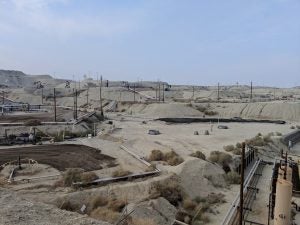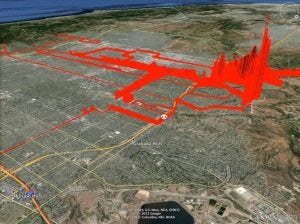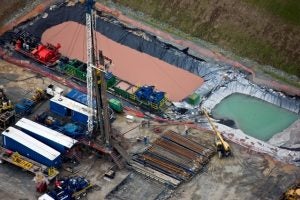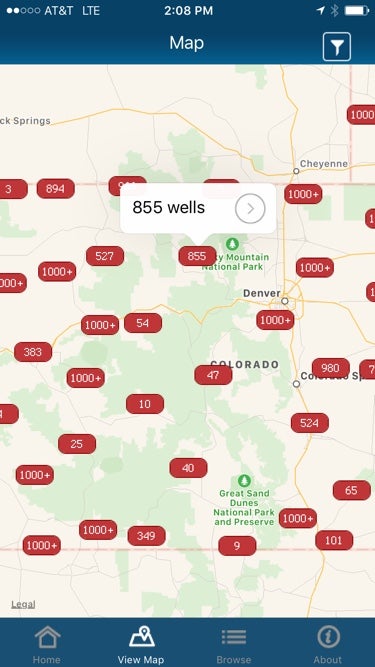 In recent years, Pennsylvania has become an epicenter of the nation’s hydraulic fracturing boom. But even as production from “unconventional” wells – those using horizontal drilling and fracking – has grown, nearly 90% of the state’s 120,000 active wells are older, “conventional” vertical ones that typically rely on traditional drilling methods.
In recent years, Pennsylvania has become an epicenter of the nation’s hydraulic fracturing boom. But even as production from “unconventional” wells – those using horizontal drilling and fracking – has grown, nearly 90% of the state’s 120,000 active wells are older, “conventional” vertical ones that typically rely on traditional drilling methods.
What does that mean for Pennsylvanians? Quite simply, it means that smart, commonsense policies for conventional wells matter. A lot.
However, the state legislature is considering SB 790, which could unravel well-established oil and gas protections while shifting many costs associated with conventional production to taxpayers. As the bill makes its way through the legislature, here are some key facts to keep in mind:



 More than a year and a half after the Aliso Canyon natural gas storage facility caused more than 100,000 tons of methane to leak into the atmosphere – amounting to be our nation’s largest-ever gas leak, California regulators continue to labor away at improving the rules that could prevent another gas storage disaster.
More than a year and a half after the Aliso Canyon natural gas storage facility caused more than 100,000 tons of methane to leak into the atmosphere – amounting to be our nation’s largest-ever gas leak, California regulators continue to labor away at improving the rules that could prevent another gas storage disaster.